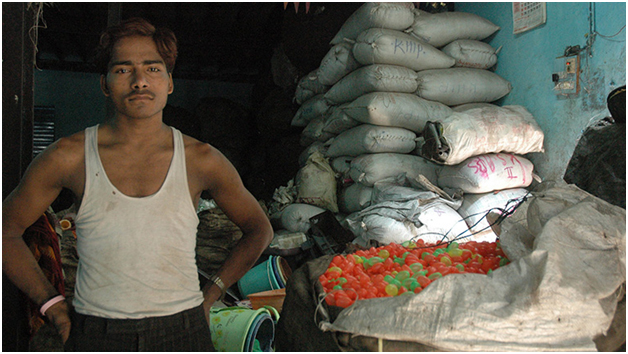Global unemployment rate set to increase in 2024 while growing social inequalities raise concerns, says ILO report
Labour markets have shown surprising resilience despite deteriorating economic conditions, but recovery from the pandemic remains uneven as new vulnerabilities and multiple crises are eroding prospects for greater social justice, according to a new International Labour Organization (ILO) report.
The ILO’s World Employment and Social Outlook Trends: 2024 (WESO Trends) finds that both the unemployment rate and the jobs gap rate – which is the number of persons without employment who are interested in finding a job – have fallen below pre-pandemic levels. The 2023 global unemployment rate stood at 5.1 per cent, a modest improvement from 2022 when it stood at 5.3 per cent. The global jobs gap and labour market participation rates also improved in 2023.
However, beneath these numbers fragility is starting to emerge, the report finds. It projects that the labour market outlook and global unemployment will both worsen. In 2024 an extra two million workers are expected to be looking for jobs, raising the global unemployment rate from 5.1 per cent in 2023 to 5.2 per cent. Disposable incomes have declined in the majority of G20 countries and, generally, the erosion of living standards resulting from inflation is, "unlikely to be compensated quickly".
Further more, important differences persist between higher and lower income countries. While the jobs gap rate in 2023 was 8.2 per cent in high-income countries, it stood at 20.5 per cent in the low-income group. Similarly, while the 2023 unemployment rate persisted at 4.5 per cent in high-income countries, it was 5.7 per cent in low-income countries.
More over, working poverty is likely to persist. Despite quickly declining after 2020, the number of workers living in extreme poverty (earning less than US$2.15 per person per day in purchasing power parity terms) grew by about 1 million in 2023. the number of workers living in moderate poverty (earning less than US$3.65 per day per person in PPP terms) increased by 8.4 million in 2023.
Income inequality has also widened, the WESO Trends warns, adding that the erosion of real disposable income, "bodes ill for aggregate demand and a more sustained economic recovery."
Rates of informal work are expected to remain static, accounting for around 58 per cent of the global workforce in 2024.
Labour market imbalances
The return to pre-pandemic labour market participation rates has varied between different groups. Women's participation has bounced back quickly, but a notable gender gap still persists, especially in emerging and developing nations. Youth unemployment rates continue to present a challenge. The rate of people defined as NEET (Not in Employment, Education or Training) remains high, especially among young women, posing challenges for long-term employment prospects.
The report also found that those people who have re-entered the labour market post-pandemic tend not to be working the same number of hours as before while the number of sick days taken has increased significantly.
Productivity growth slowed
After a brief post-pandemic boost labour productivity has returned to the low level seen in the previous decade. Importantly, the report also finds that despite technological advances and increased investment, productivity growth has continued to slow. One reason for this is that significant amounts of investment were directed towards less productive sectors such as services and construction. Other barriers include skills shortages and the dominance of large digital monopolies, which hinders faster technological adoption, especially in developing countries and sectors with a predominance of low productivity firms.
Outlook uncertain
"This report looks behind the headline labour market figures and what it reveals must give great cause for concern. It is starting to look as if these imbalances are not simply part of pandemic recovery but structural," said ILO Director-General, Gilbert F. Houngbo. "The workforce challenges it detects pose a threat to both individual livelihoods and businesses and it is essential that we tackle them effectively and fast. Falling living standards and weak productivity combined with persistent inflation create the conditions for greater inequality and undermine efforts to achieve social justice. And without greater social justice we will never have a sustainable recovery".



